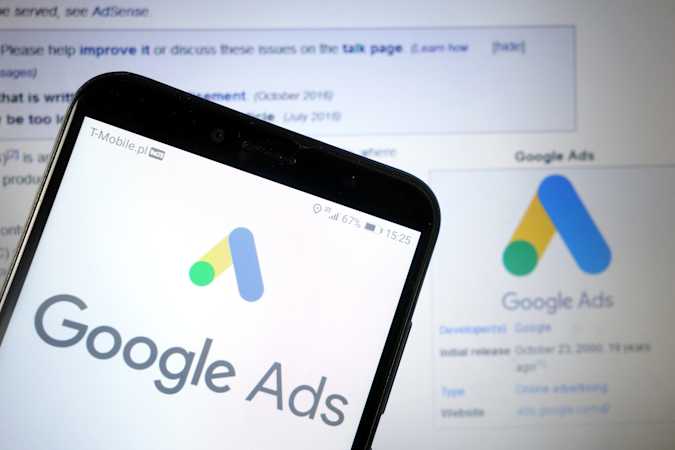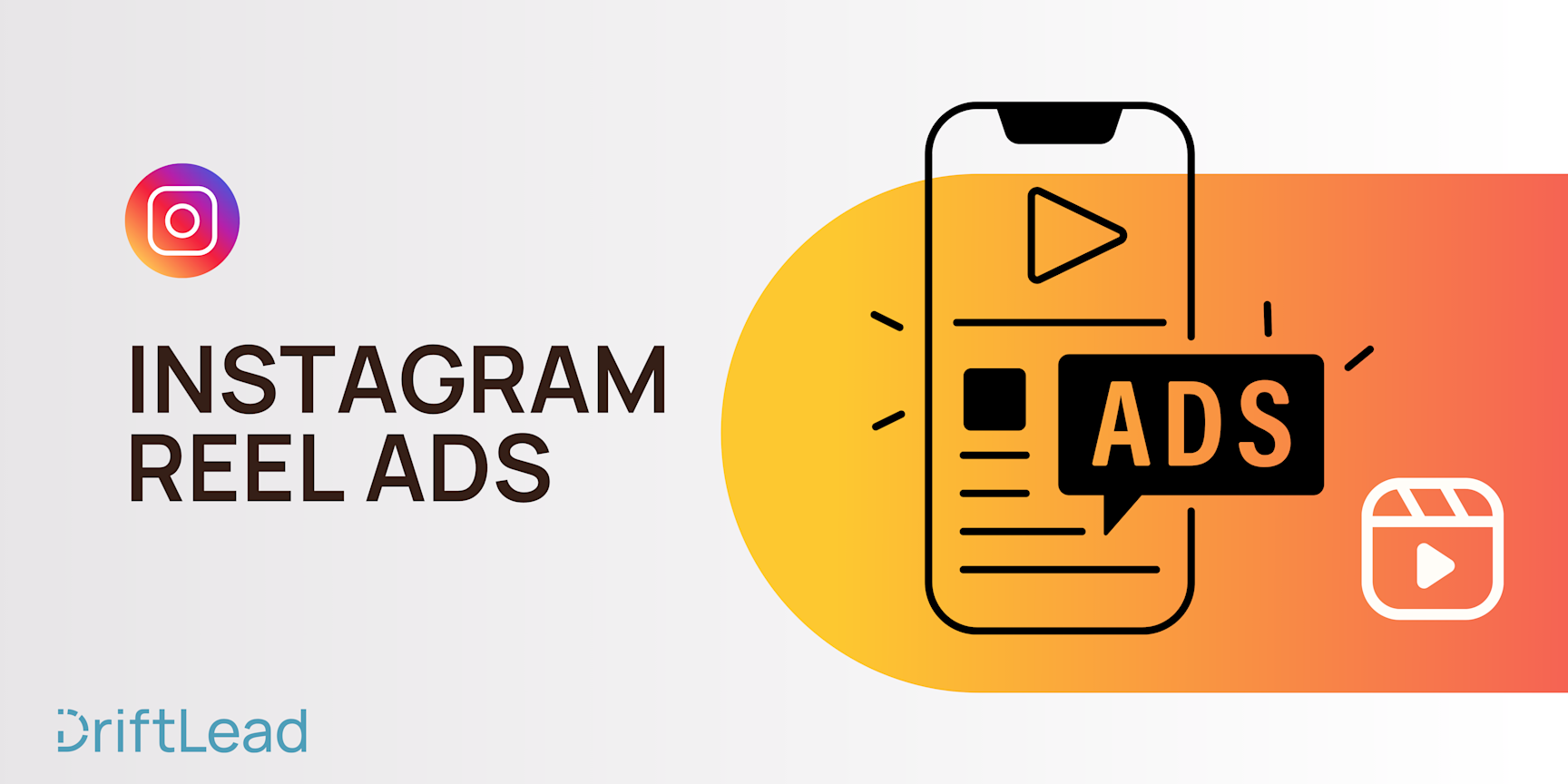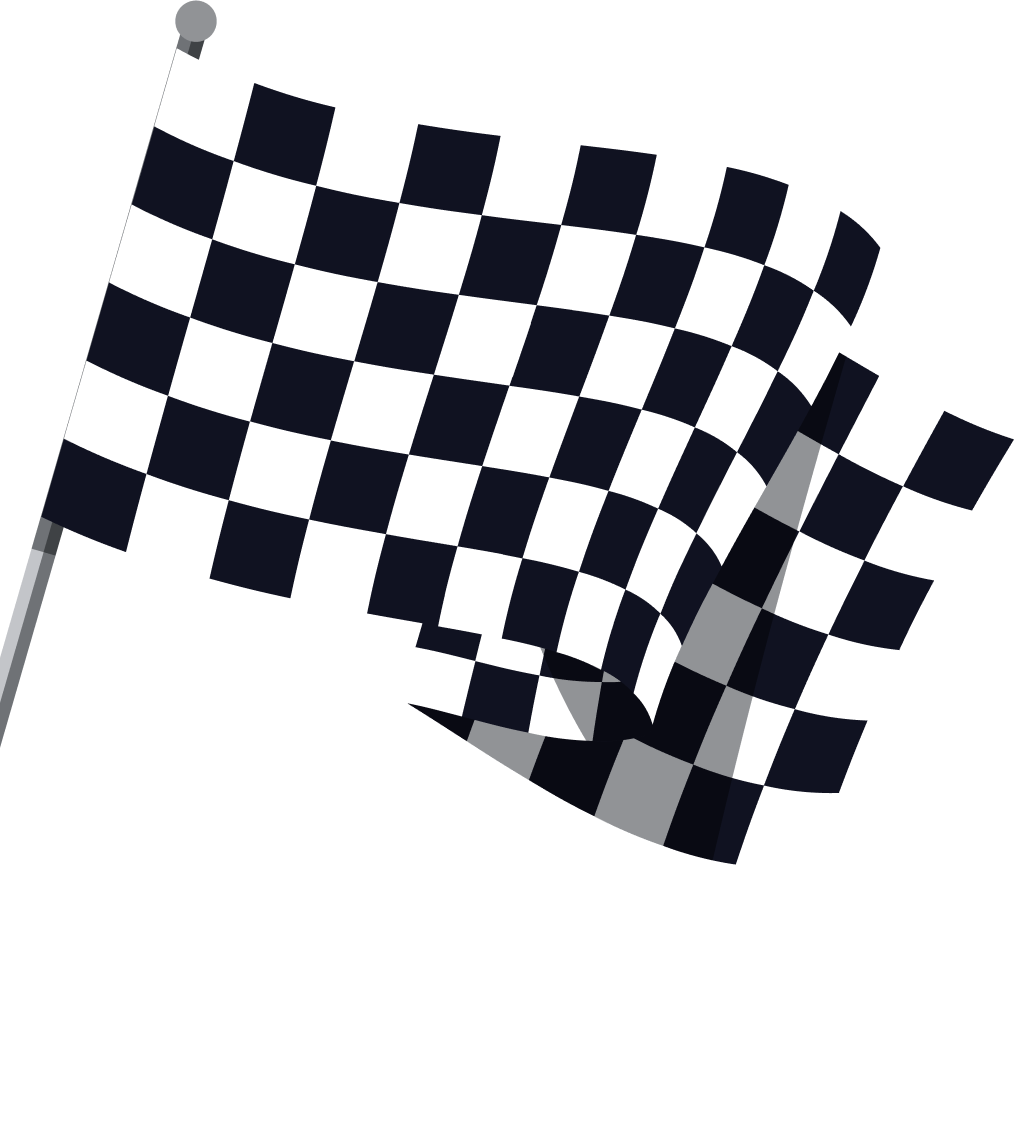Impressions in Google Ads - What They Are & How To Interpret Them
22 Feb, 2024
Learn about impressions in Google Ads, what they are, how to interpret them and how to use them to optimize your campaigns.

Jump to:
Hop on our weekly newsletter train! We're sharing tips so stellar, we're practically job-threatening ourselves!
Have you ever felt like your Google Ads are playing hide and seek with your audience? One minute they're the life of the party, showing up for queries left and right, and the next, they're as elusive as a decent avocado at the grocery store 🥑. Welcome to the rollercoaster ride of managing impressions in your ad campaigns.
Impressions, in the digital ad space, are essentially your ad's footprint - marking every time your ad lands on a user's screen. But not every footprint leads to treasure. Sometimes, they just wander off into the digital desert, leaving you wondering where all the eyeballs have gone.
Interpreting and analyzing impressions in Google Ads is like tuning a vintage radio; it requires finesse, patience, and a bit of know-how 📻. Let's talk about what these impressions mean and what to do with the data.
What are Impressions in Google Ads?
An impression occurs each time your ad is fetched and displayed on Google's search results page, a website on the Google Display Network, or on a video in YouTube's ad space. It's the ad world's version of a cameo appearance on the digital stage 🎭.
Think of it this way: every time your ad appears, whether a user is scrolling through search results or watching a cat video, that's an impression. It's a tally of visibility, a count of potential connections made between your ad and your audience. And while an impression doesn't guarantee interaction, it's the first critical step in the dance of digital advertising.
What Factors Influence Impressions in Google Ads?
Impressions in Google ads are influenced by several factors. Here's a rundown of the key elements that can make or break your impression count:
Ad Relevance
Google loves a good match. The more relevant your ad is to a user's search query, the more likely it is to be displayed. It's like being the right actor for the part in a blockbuster movie 🎬.
Bid Amount
Money talks in the world of Google Ads. Your bid amount influences your ad's ability to compete in the ad auction. Bid too low, and your ad might not make it to the SERP.
Quality Score
This is Google's rating of the quality and relevance of both your keywords and ad. A high Quality Score can lead to better ad positions and more impressions. It's like having a VIP pass to the front of the line 🏆.
Targeting Settings
Who you target and how you target them can significantly impact your impressions. Narrow targeting might mean fewer impressions, but they'll be more focused. Broad targeting can increase impressions but may dilute their effectiveness. It's all about finding your ad's perfect audience match 💑.
Ad Scheduling
Timing is everything. If your ads are scheduled to run at times when your audience is asleep, you're missing out on potential impressions. It's like throwing a party when everyone's out of town 🕒.
Campaign Budget
Your overall campaign budget can cap the number of impressions you're able to accumulate. Once your budget is hit, your ads take a nap until the next cycle. It's like having a curfew on your ad's night out 🛌.
Ad Rank
This is the position your ad occupies on the search results page. Higher-ranked ads are more visible and thus rack up more impressions. It's the difference between front-row seats and the nosebleeds 🎟️.
Search Volume
The number of searches for the keywords you're targeting plays a big role in the number of impressions your ads can get. If you're targeting high-volume keywords, the potential for impressions increases, but so does the competition. It's like fishing in a well-stocked pond; there are plenty of fish, but also plenty of other fishermen 🎣.
How to Interpret Impression Fluctuations
Navigating the ebb and flow of impression counts in Google Ads can feel like trying to predict the weather in an unpredictable climate. One day you're basking in the sunshine of high impression counts, and the next, you're left wondering where all the sunshine went.
The Nature of Fluctuations
Impression fluctuations are a normal part of any Google Ads campaign. They can be influenced by a variety of factors, from changes in search volume to adjustments in your campaign settings. The key is to understand what these fluctuations mean and how to interpret them effectively.
Using Auction Insights
One of the most valuable tools at your disposal is the Auction Insights report in Google Ads. This report can shed light on how much of the impression volume you're capturing versus your competitors. It's like having a spyglass that lets you peek at the other ships on the horizon 🕵️♂️.
Market Trends: If you notice a general decrease in impressions across the board, it could be due to macro trends affecting search volume. Perhaps there's a seasonal dip or a shift in consumer behavior. Auction Insights can help you determine if your competitors are experiencing similar trends.
Competitive Landscape: A sudden drop in impressions could also indicate that a new competitor has entered the fray or existing competitors have ramped up their efforts. Use Auction Insights to see if competitors are capturing a larger share of impressions, signaling it's time to adjust your sails.
Analyzing the Data
When interpreting impression fluctuations, consider the following:
Consistency Over Time: Look for patterns over time rather than reacting to short-term fluctuations. Consistent decreases might warrant a closer look at your campaign strategy.
Share of Voice: Assess your share of voice in the Auction Insights report. If you're capturing a smaller portion of impressions over time, it might be time to increase bids, improve ad relevance, or adjust targeting.
External Factors: Keep in mind external factors such as industry trends, seasonal changes, or global events that might influence search behavior and, consequently, impression volumes.
Strategic Adjustments
Based on your findings, you might decide to:
Adjust Bids: Increase bids on high-performing keywords to compete more aggressively for impressions.
Refine Targeting: Sharpen your targeting to focus on audiences more likely to search for your keywords.
Optimize Ad Content: Ensure your ads are as relevant and engaging as possible to stand out in the auction.
Search Volume or Campaign Performance?
When your Google Ads impressions take a rollercoaster ride, you might wonder whether to attribute the ups and downs to the whims of search volume or the nuts and bolts of your campaign performance. Let's dive into how to dissect these contributing factors and make sense of what's really driving your impression volume.
Interpreting Auction Insights
Auction Insights is your go-to tool for peeling back the layers of your campaign's impression volume. It's akin to having x-ray vision, allowing you to see beyond the surface and understand how your campaigns stack up against the competition. Here's how to use it effectively:
Compare Date Ranges: Look at how your share of impressions has changed over different periods. A significant shift could indicate changes in competitor strategies or variations in search interest.
Identify Competitor Movements: Notice a new competitor on the block or an existing one becoming more aggressive? This could explain fluctuations in your impression volume. It's like noticing more birds flocking to your feeder – it's bound to impact how much seed is left at the end of the day.
Evaluate Position Above Rate: If competitors are consistently appearing above your ads, it might be time to reassess your bidding strategy or ad quality. It's a signal that they might be outshining you in the auction spotlight.
Isolating Contributing Factors
To pinpoint whether search volume or campaign performance is the main driver behind impression volume changes, consider these steps:
Review Search Trends: Use tools like Google Trends to gauge the overall search interest in your keywords. A spike or drop in search volume can directly impact your impressions, much like a sudden rainstorm affects foot traffic in the park.
Analyze Campaign Changes: Reflect on any recent adjustments you've made to your campaigns. Did you tweak your bids, targeting, or ad copy? Even small changes can have a ripple effect on your impression volume, similar to adjusting the sails on your boat to catch more wind.
Monitor External Factors: Keep an eye on external events or seasonal trends that could influence search behavior. For instance, an industry conference or holiday season can lead to temporary shifts in search volume, just as a holiday lights up the night sky with fireworks.
Closing Thoughts
Whether it's deciphering the impact of search volume fluctuations or fine-tuning your campaign performance, each step you take towards optimizing your impressions is a step towards achieving your marketing goals.
If you're ready to accelerate the results you are getting from Google Ads, request a free marketing plan from DriftLead here.






